Custom Double Hook Metal Extension Spring
Extension spring belongs to this kind of coil spring, which can also be called “tension spring, spiral tension spring, etc.” Everyone calls it differently, and it is an indispensable spring in our daily life.
Description
Extension spring belongs to this kind of coil spring, which can also be called “tension spring, spiral tension spring, etc.” Everyone calls it differently, and it is an indispensable spring in our daily life. Is a kind of helical spring that bears axial tension. The difference from compression spring is that compression spring is a kind of helical spring that bears axial pressure. Then the material of tension spring is generally made of round cross-section material. The difference with the compression spring design is that there are two more “hooks” on both sides. When the ring is not under axial tension, the ring and the ring are in a closed state.
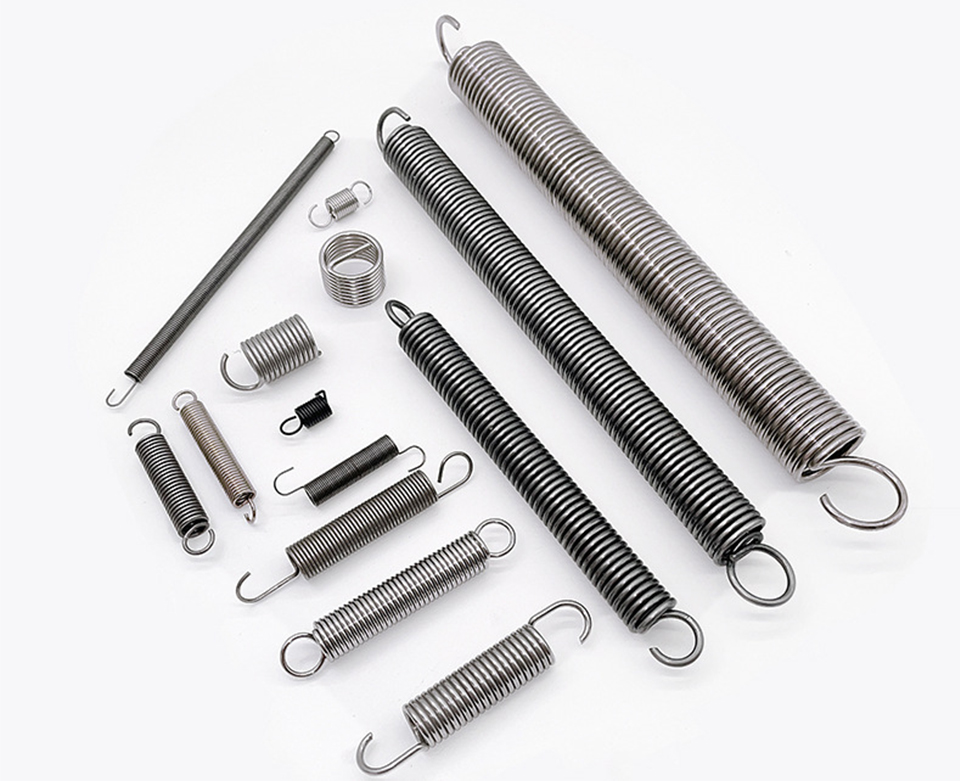
Feature
When the spring is subjected to an external force, it will produce a lot of elasticity to deform it. Therefore, the working principle of a extension spring is opposite to that of a compression spring. The compression spring acts in the opposite direction when it is tightly compressed, while the extension spring acts in the opposite direction when it is stretched or pulled. When the two ends of the tension spring are pulled apart, the spring will pull them together. Just like a compression spring. Extension springs also absorb and store energy, but unlike compression springs, because the springs are subjected to external forces, they will produce relatively large elasticity to deform them. Therefore, extension springs are widely used as elastic elements in airplanes.
Application
1. Control the movement of machinery, such as valve springs in internal combustion engines, control springs in clutches, etc.
2. Absorb vibration and impact energy, such as buffer springs under cars and trains, vibration-absorbing springs in couplings, etc.
3. Store and output energy as power, such as clock springs, springs in firearms, etc.
4. Used as a force measuring element, such as a dynamometer, a spring in a spring scale, etc. The ratio of spring load to deformation is called spring stiffness. The greater the stiffness, the harder the spring.

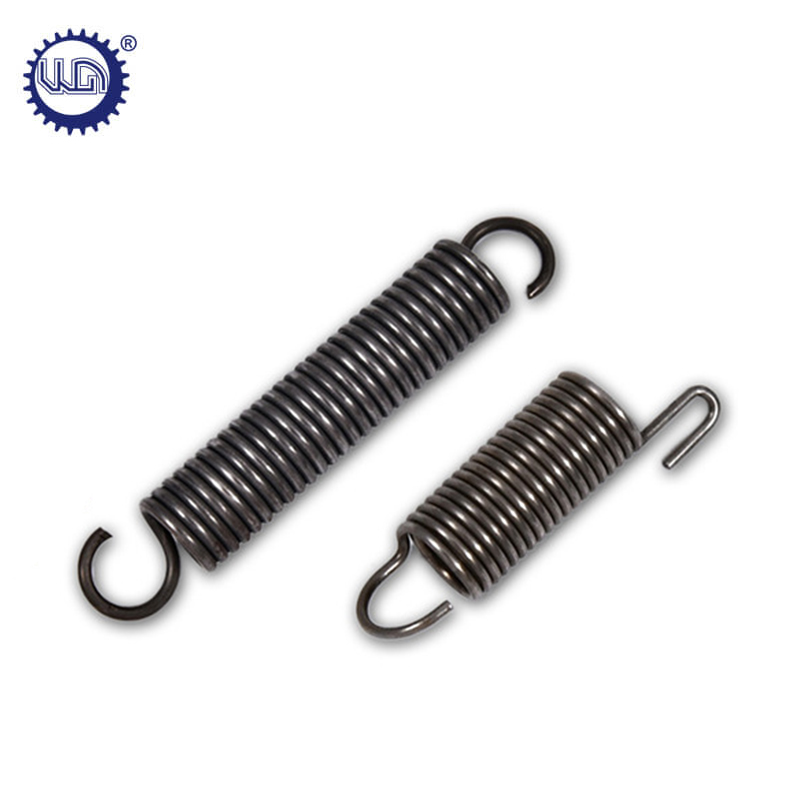
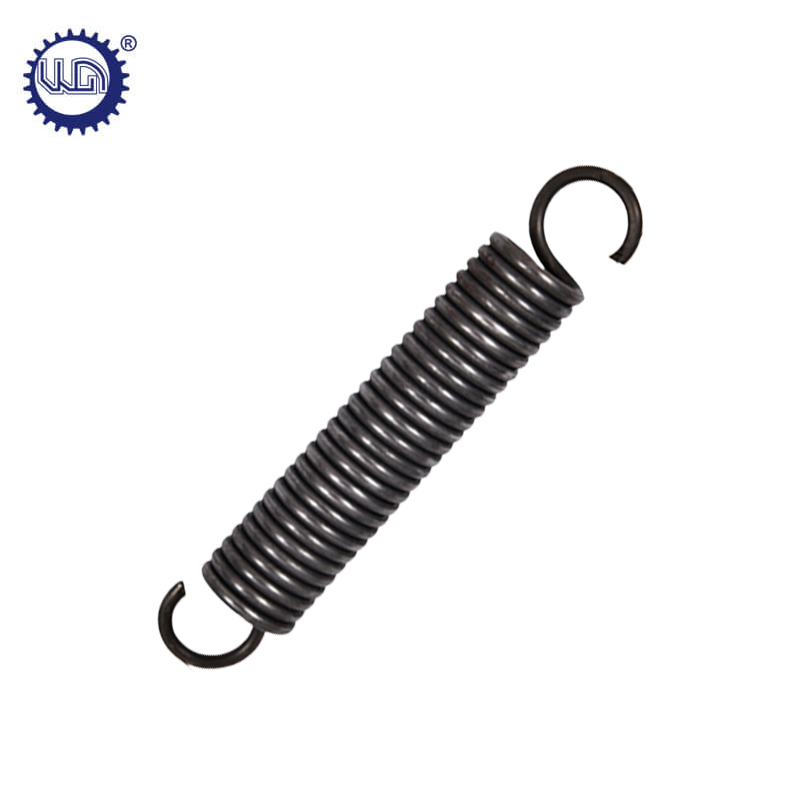
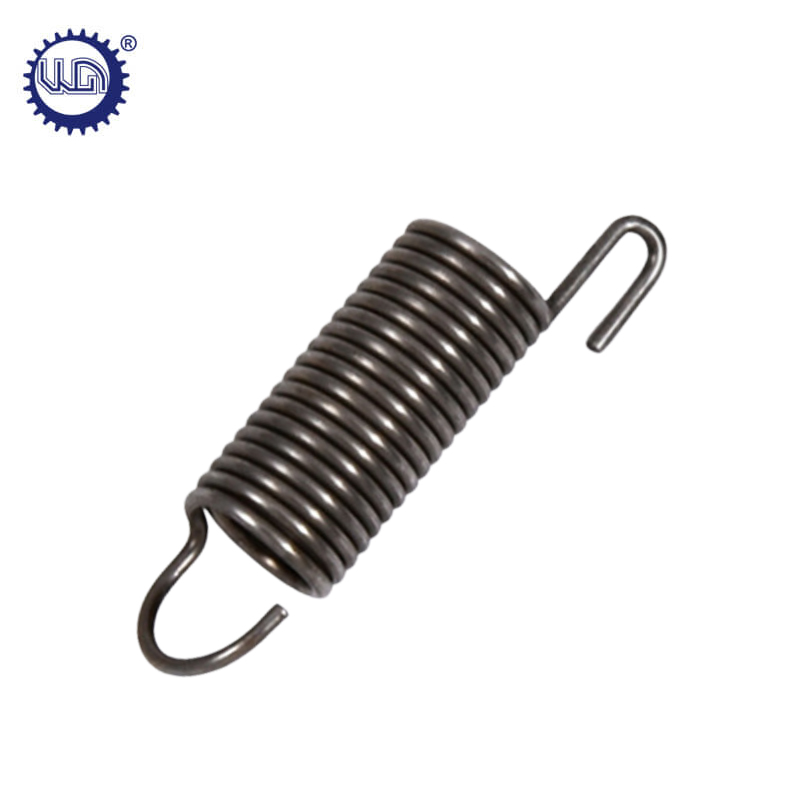
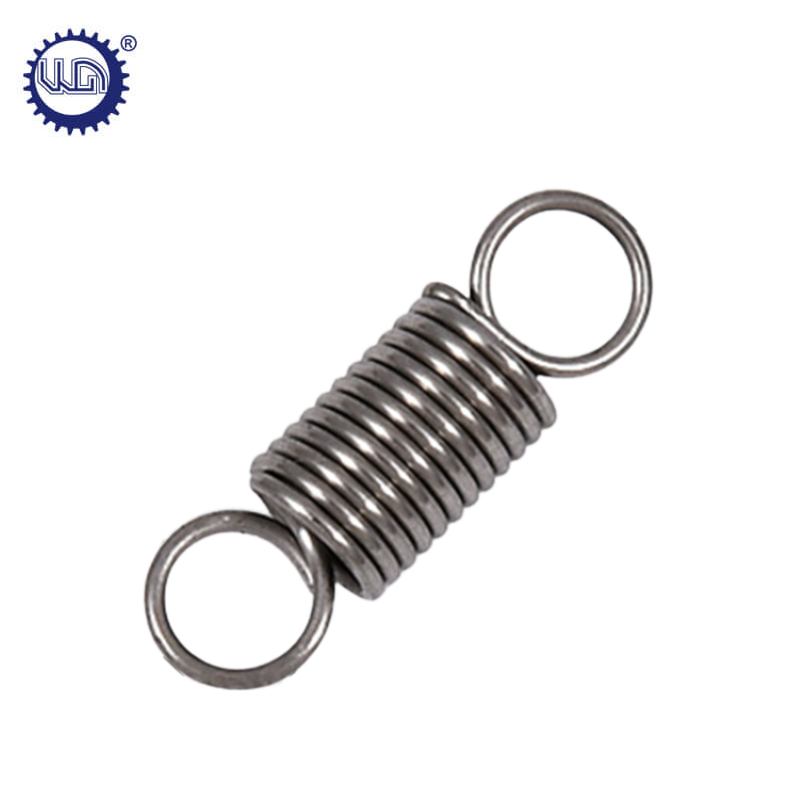
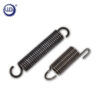
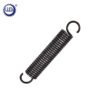
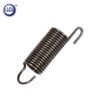
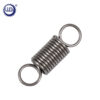
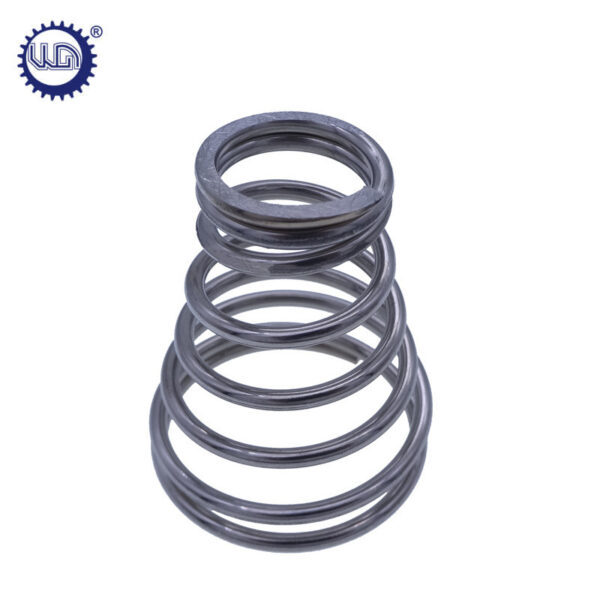
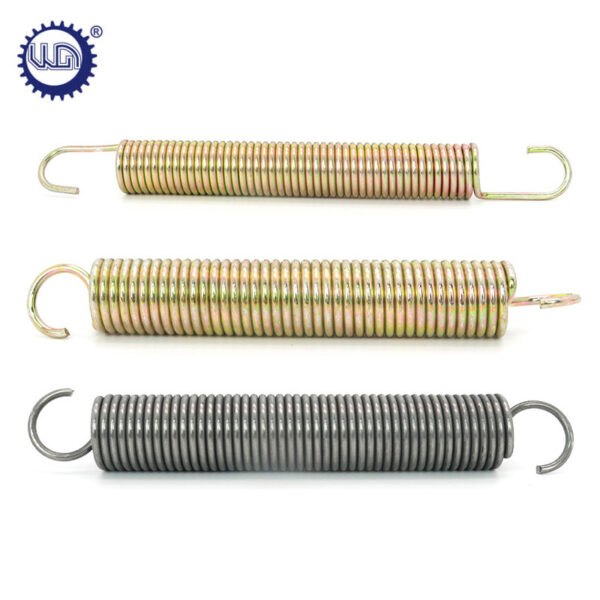
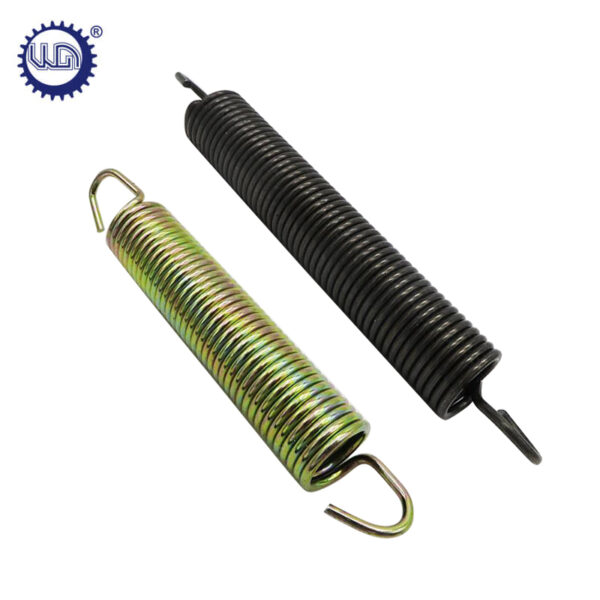
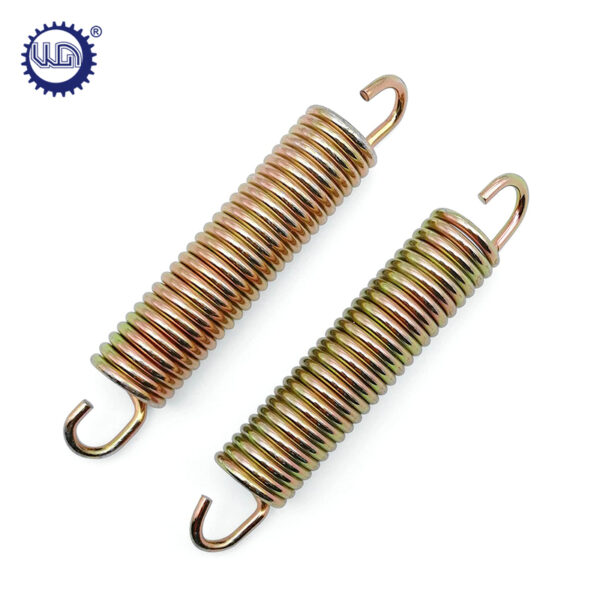
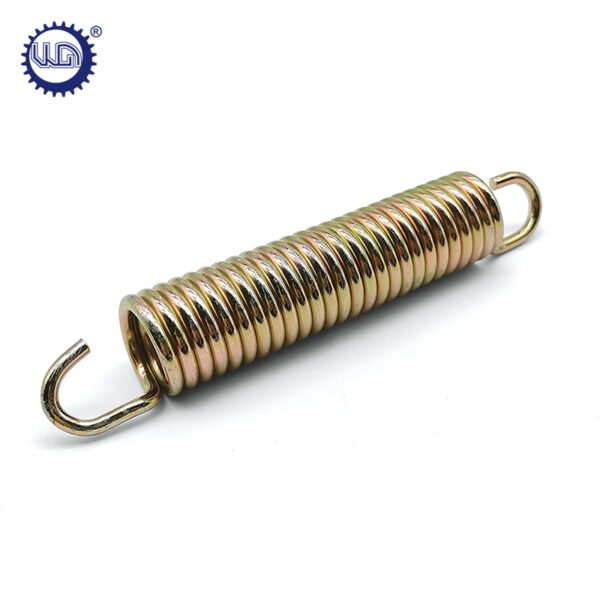
-600x600.jpg)
-600x600.jpg)